Istanbul is famous for its amazing mosques and Ottoman architecture. But few people know that the city is also home to one of the most beautiful Byzantine churches in the world – the Chora Church. The church – which is known today as the Kariye Mosque – is situated in the Erdinekapı district of İstanbul.
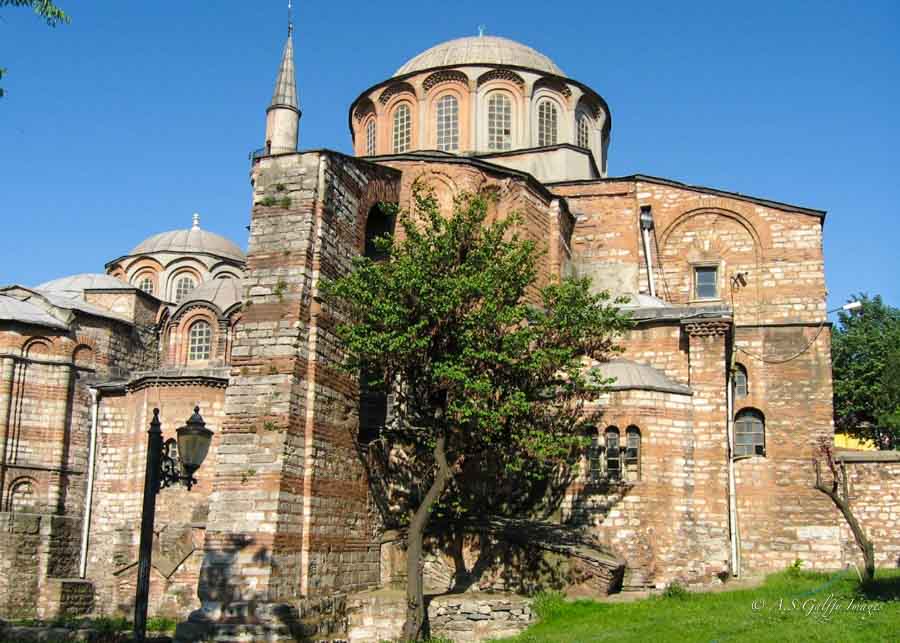
Table of Contents
A Brief History of Chora Church
Chora has a long and twisted history that dates back to the 4th century. Initially the church was part of a monastery complex erected outside the city walls of Constantinople by Constantine the Great. The church was known as ‘The Church Of The Holy Savior.’
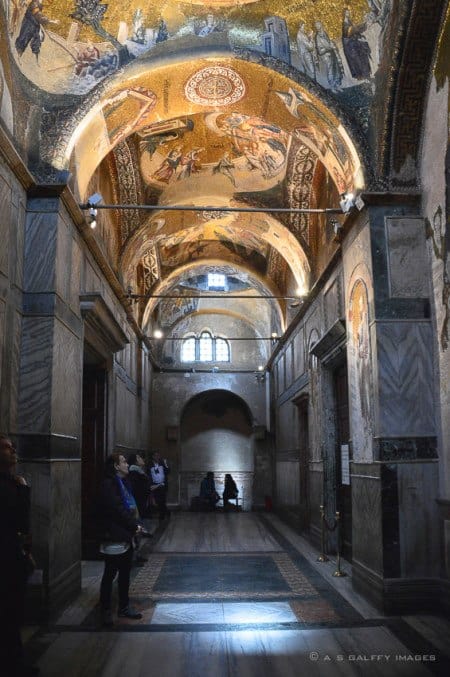
In the 5th century, when the city walls were erected, the monastery became a figure of the city’s defense.
Over the centuries Chora Church underwent some remodeling, but the most beautiful Byzantine frescoes and mosaics date from the 13th century. The Church was considered one of the best examples of Byzantine architecture and Paleologan Renaissance. What set it apart from other churches in Istanbul were the 50 fabulous mosaics, most of which were still in excellent condition when we visited the church.
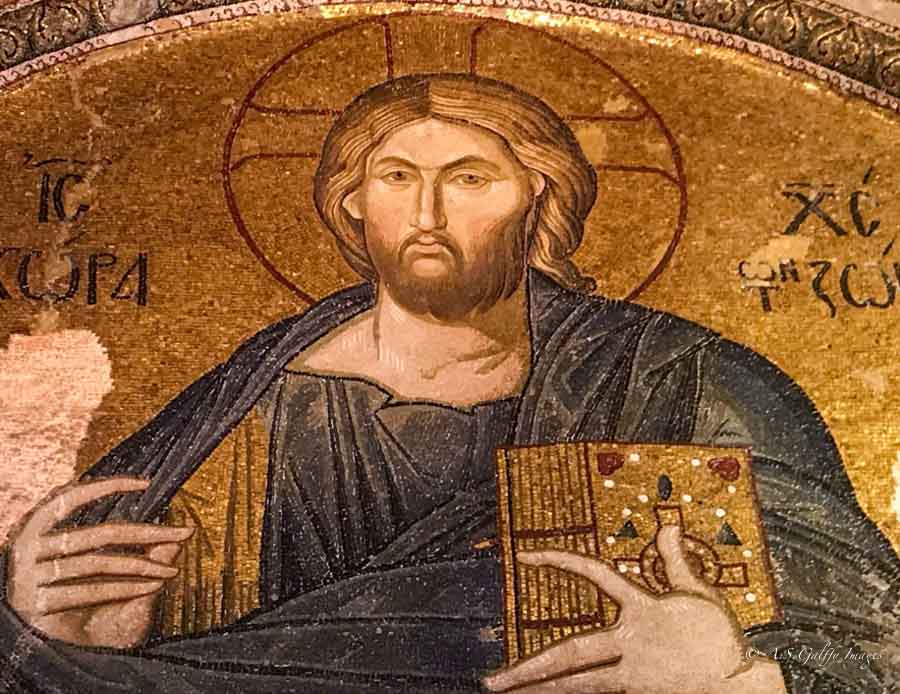
After the fall of Constantinople in 1453, the Ottoman rulers converted the Orthodox church into a mosque and named it ‘Kariye’ (the Turkish name for Chora). Luckily, they didn’t destroy the artwork, but covered it in plaster because of the Islamic belief which considered worshiping engraved images idolatry.
The frescos and mosaics were first uncovered in the 19th century. Sadly, several years later they have been covered again, by the order of the government.
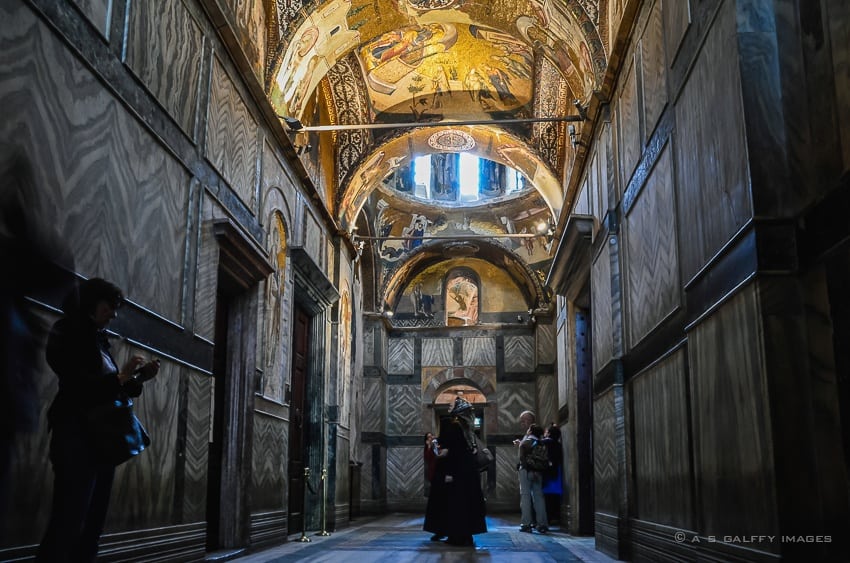
During World War II a group of American archaeologists rediscovered the stunning mosaics and brought them back to light. In 1948 the church-turned-mosque was secularized and became a museum. Sadly, that wasn’t meant to last for too long.
In 2020, he Turkish Government decided to turn Chora Church into a mosque, in order to regain the sympathy of the conservative society in Turkey. As a result the church has been closed to visitors, while waiting to be converted into a mosque again. The decision triggered complaints from Unesco and scholars over the risk of concealing again the Byzantine mosaics and frescoes inside the building, known as the Sistine Chapel of Istanbul.
We were among the lucky ones who have been able to visit the Church before it closed its doors to the public, so I’ll share with you our experience.
What Chora Church Looked Like Before 2020
The exterior of the church was rather modest, when compared with other religious edifices like Hagia Sophia, or the Blue Mosque. But once you stepped inside you were astounded by the splendor of the interior frescoes and mosaics.
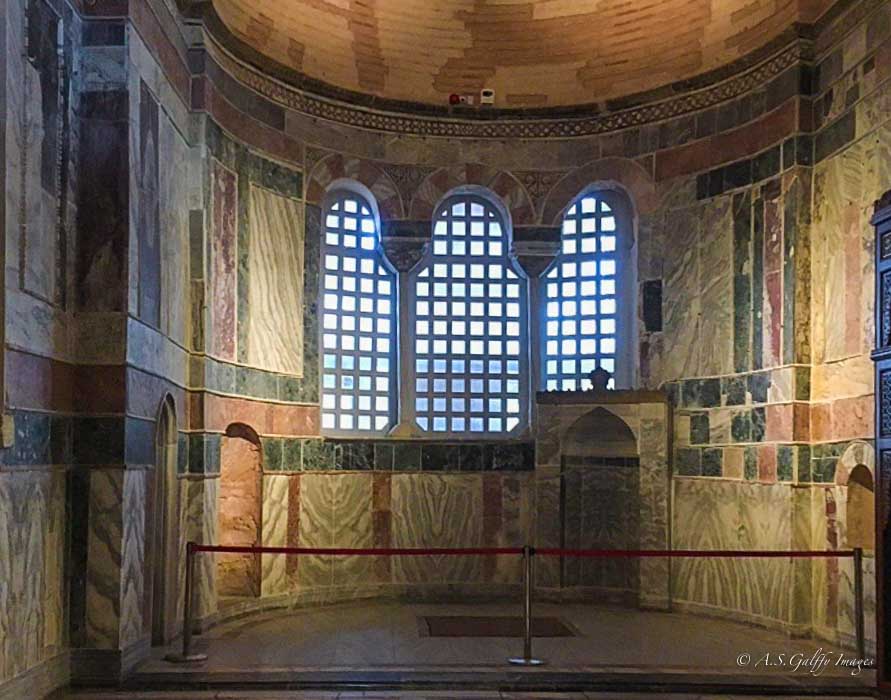
Part of the church displayed scenes from the New Testament and the early life of Christ, while another part featured beautifully colored frescoes.
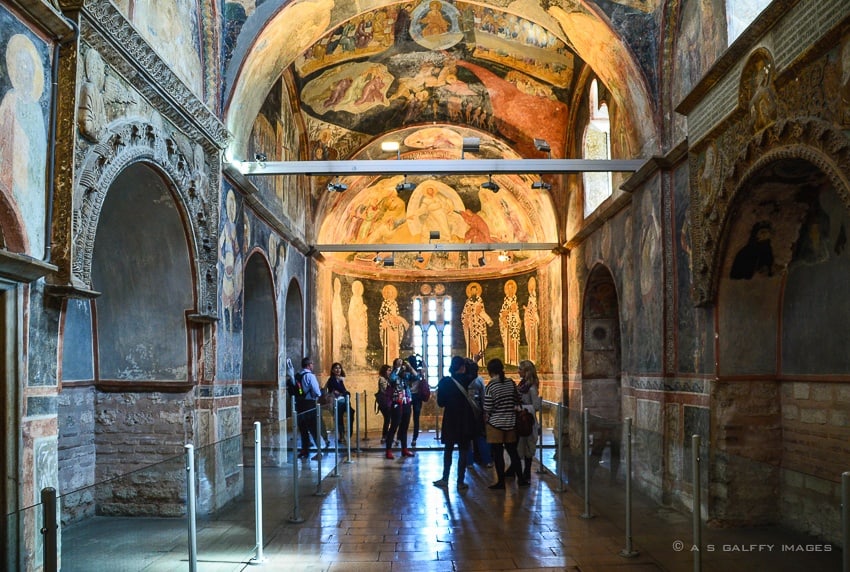
At the time of our visit Chora Church was undergoing major renovations thus we could only visit parts of it. As of 2016 the naos (the main body of the church) was closed. Only the narthex, the two lateral porches (esonarthex and exonarthex) and the parecclesion (small chapel) could be visited.
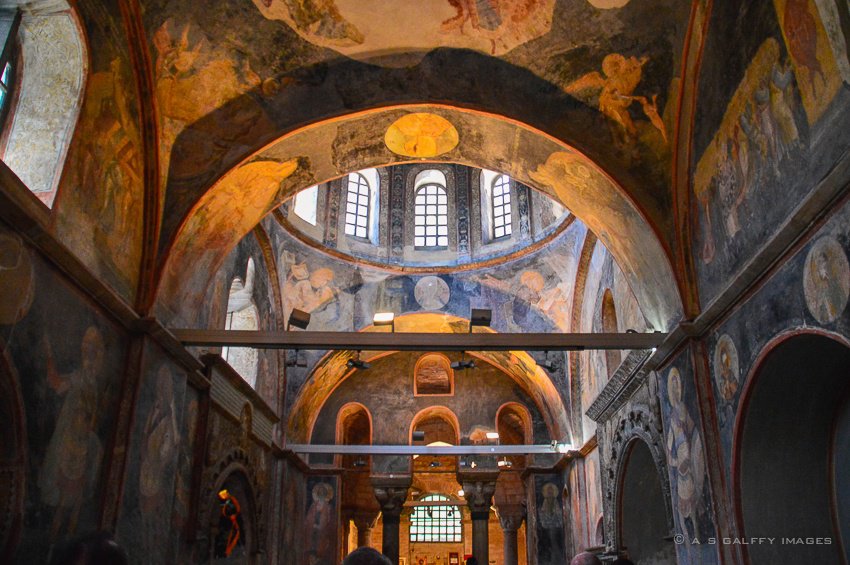
A very interesting part of the museum was the parecclesion – once used as a mortuary chapel for family burials. The parecclesion features some dazzling frescoes, among which was the famous resurrection of Christ breaking down the gates of Hell and pulling Adam and Eve out of their tombs.
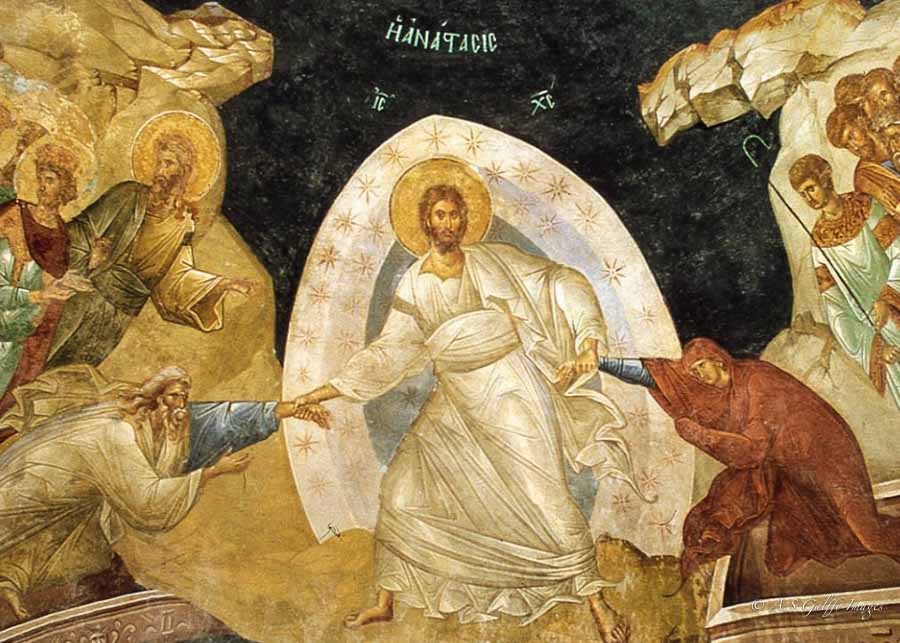
How to Reach the Church/Mosque
Chora Church is tucked away in the little-visited Edirnekapi District – one of Istanbul’s oldest neighborhoods. To reach the church from Eminönü, you can either take a taxi, or take the 32 bus to Edirnekapi. From Sultanahmet, we took the tram (T1) to Topkapi stop and then tram (T4) from Topkapi to Edirnekapi stop. While in the area, you can also visit Istanbul’s old City Walls.
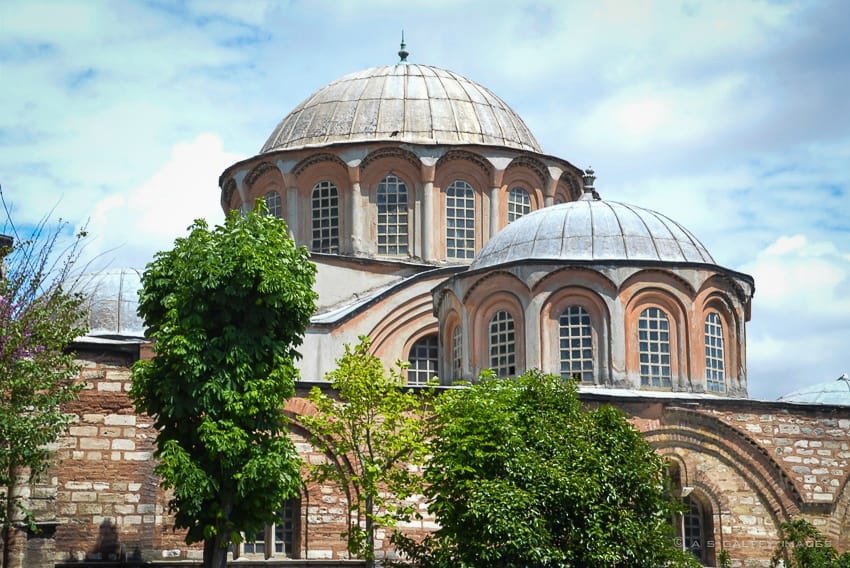
Hopefully, due to the large restorations performed on this monument in the last decades, the Presidency of Religious Affairs in Turkey will still allow Chora Church to function as a museum, even though it has been officially transformed into a mosque.
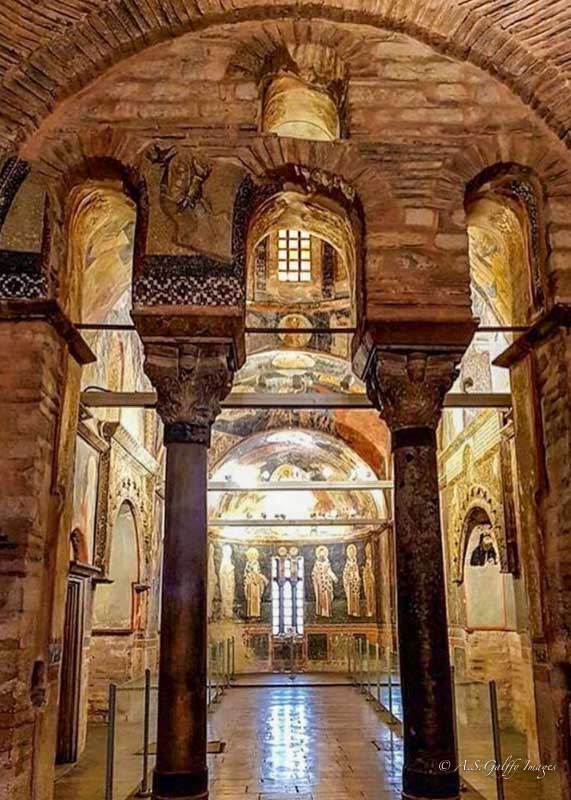
Taking Pictures in Chora Church Museum
Like in most churches in Istanbul, using tripods was not allowed in Chora Church. Nonetheless, I was able to use a small Gorillapod which I attached to different things without being detected.
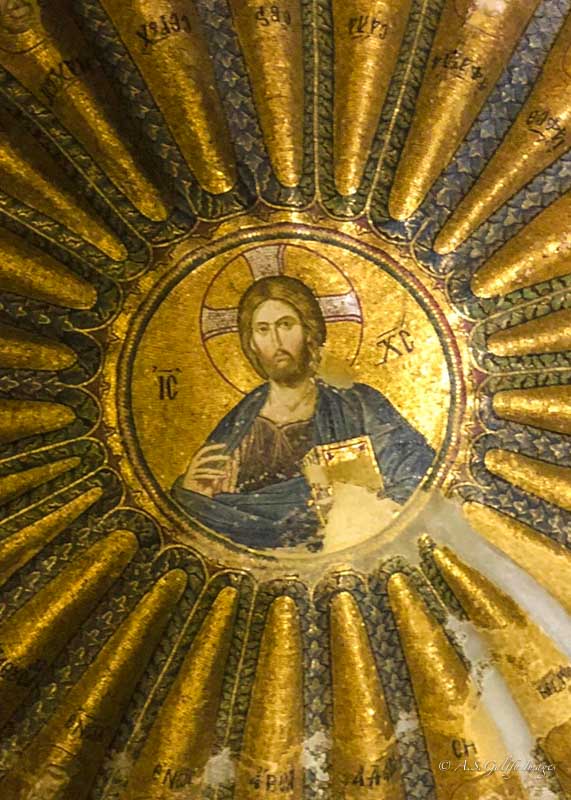
This is how I managed to come up with some nice pictures which I hope will help you appreciate the beauty of these mosaics.
If you found this information useful, please pin it to help others discover the beauty of Chora Church
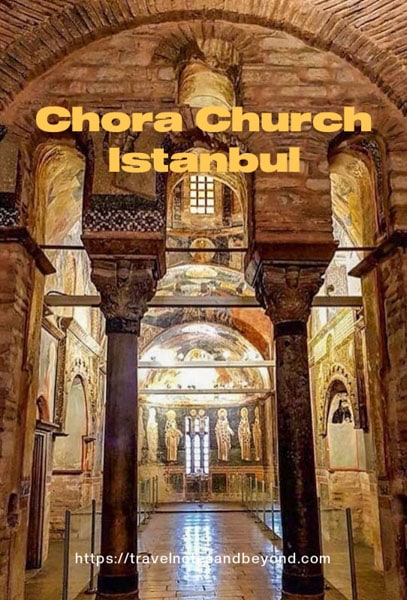

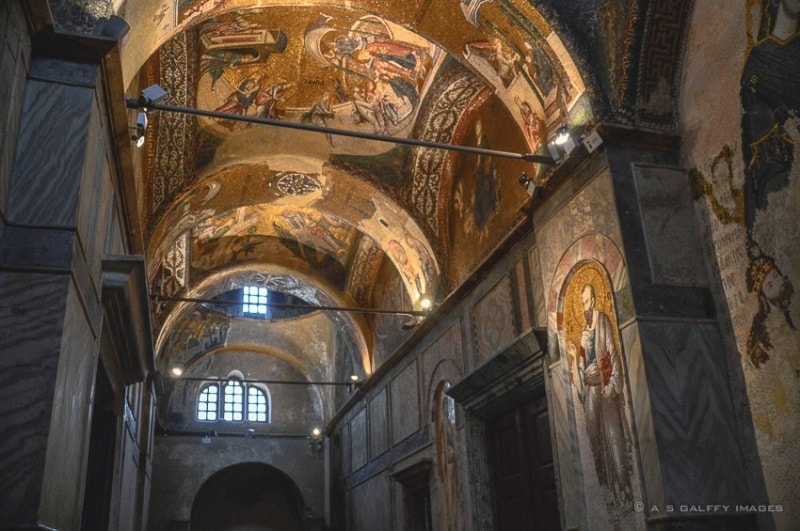
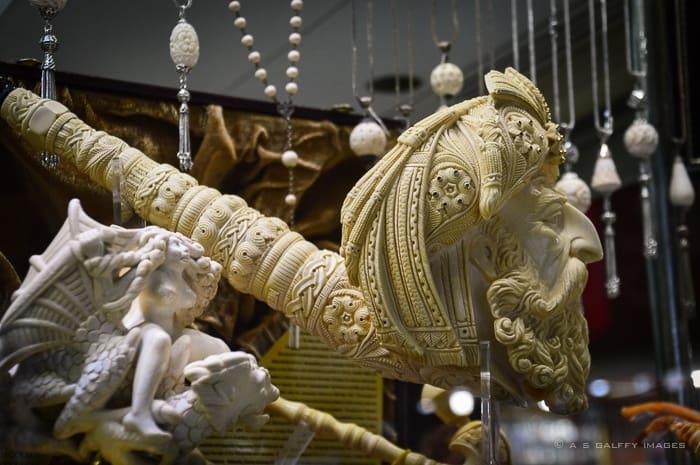 Grand Bazaar in Istanbul – a Great Shopping and Cultural Experience
Grand Bazaar in Istanbul – a Great Shopping and Cultural Experience



Elena
Your photos are absolutely gorgeous! As you mentioned, it is so difficult to photograph old churches. Frankly, I almost give up on it. Thus, I am glad for your tip about a tabletop tripod. I am eager to try it right away.
Anda Galffy
The tabletop tripod is very versatile, Elena, it can even be hanged on a branch tree.
melody pittman
I did all the biggies in Istanbul a few months ago but this one is gorgeous, too. I missed it but they all seem to look a lot alike. Great photos!
Anda Galffy
I’m not sure I understand what you mean, Melody. Are you trying to say that all the churches in Istanbul seem to look a lot alike? I have some doubt about that.
mark
Churches have some amazing art. I am not religious at all but I try and step inside as many churches as i can because as you say some don’t look much on the outside but once you enter they can be amazing. Your photo’s turned out great
Bell | Wanderlust Marriage
Beautiful photos and it looks like it is well worth heading off the beaten path to check out this church! We also try to find flat surfaces when in churches, but totally agree it is tough to find a spot that is just where you want it 🙂
Ciara
Your photos are great and you did get great with your time limit with the tripod. It’s good to know it’s not as well known brings a more authentic experience.
Sand In My Suitcase
You’re right – it’s a beautiful church. And it looks like it does rival the Hagia Sophia. We’re going to Istanbul again soon for a few days, so we’ll plan to visit the Chora Church (hopefully the restoration process will allow us to see a good part of it).
SJ @ Chasing the Donkey
How fascinating, I never knew that you were not allowed to use tripods in such places – do you know that is? Thanks for linking up with us for #SundayTraveler
Anda Galffy
Unfortunately tripods are less and less allowed almost anywhere except for nature.
Vlad
Interesting tip about the tabletop tripod, I should try it! Also, your beautiful photos have convinced me to visit this church when I’ll go to Istanbul. 🙂